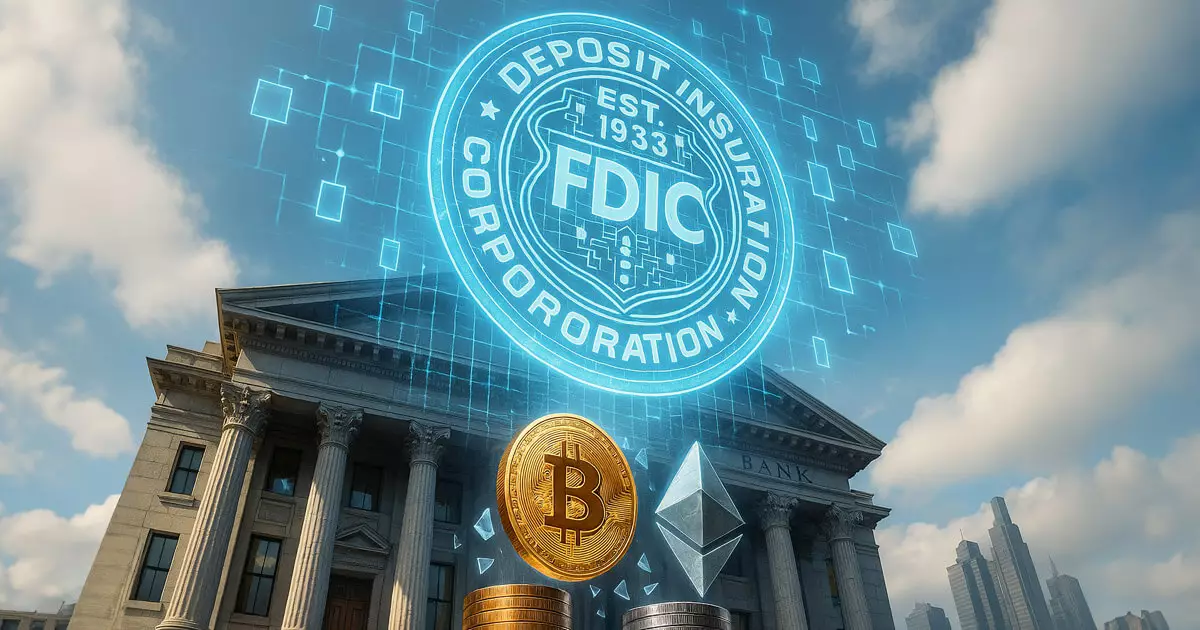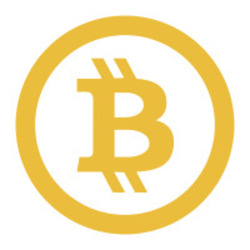The recent announcement by the Federal Deposit Insurance Corporation (FDIC) signifies a paradigm shift in how regulatory frameworks are evolving to accommodate cryptocurrencies and blockchain technologies. With Acting Chairman Travis Hill’s address at the American Bankers Association Washington Summit, it becomes abundantly clear: the FDIC is shedding its traditional, cautious approach in favor of a more permissive and transparent environment for banks engaging with crypto. While this insight might appear merely progressive on the surface, it’s worth diving deeper into the ramifications of such a monumental pivot.
A Historical Hesitation
Historically, the stance taken by U.S. banking regulators has leaned heavily toward caution—a far cry from the more liberal approaches adopted by financial authorities in other countries. For years, American banks have navigated a labyrinth of regulations that discourage innovative relationships with public blockchains. The FDIC’s shift away from a total prohibition suggests not only a recognition of the technology’s potential but an understanding of how downright restrictive former regulations could stifle innovation and the competitiveness of U.S. institutions on the global stage.
This careful balancing act between fostering innovation and maintaining soundness is complex, but Hill points toward a more adaptive regulation framework. However, it raises a significant question: Are we truly ready for this level of openness, or are we laying the groundwork for future crises amid growing pains?
The Need for Guardrails
While Hill has emphasized the importance of ensuring that the evolving regulatory landscape includes “appropriate guardrails,” the terms surrounding these safeguards are nebulous at best. This opens Pandora’s box for potentially exploitative practices if proper oversight and enforcement mechanisms are not defined. By stating that a total prohibition is too stringent, the FDIC acknowledges that crypto’s inherent nature—its basis in decentralization and permissionless architecture—cannot be fully snuffed out by legislative fiat.
But without clear definitions and guidelines, the risk for banks indulging in blockchain technologies escalates significantly. As these entities experiment with functionalities that blur the traditional lines between open and permissioned environments, the potential for misuse or misunderstanding persists. The FDIC’s commitment to exploring these borders is commendable, but caution must prevail in the race to innovate.
Cautiously Addressing Stablecoins and Digital Assets
Amidst this evolving landscape lies the contentious subject of stablecoins, which have risen as both a boon and a bane for the financial ecosystem. Hill’s comments on the FDIC’s examination of pass-through deposit insurance regulations for stablecoin reserves underscore critical risks—particularly regarding liquidity management and safeguards against illicit financing. The possibility of stablecoins being treated as traditional deposits pushes the boundaries of what consumers can expect from monetary tokens.
However, will robust regulations ultimately protect consumers, or simply serve to institutionalize a system that could equally facilitate exploitation? The lines are increasingly blurred, and the FDIC’s exploration into clarifying these regulations can either solidify public trust or deepen skepticism.
Tokenization and the Future of Banking
Another fascinating aspect Hill touched upon is the need for explicit regulatory treatment surrounding tokenized assets and liabilities. The assertion that “deposits are deposits,” regardless of the technologies holding them, reveals a creeping acknowledgment of the digital revolution. But is the FDIC prepared to handle the avalanche of complexities associated with smart contracts and the counterparty risks they pose?
As we venture into this novel financial labyrinth, we have to reckon with the potential for chaotic scenarios in which panic-induced liabilities caused by a bank failure could potentially ripple through decentralized networks. Hill’s recognition of these concerns should not only serve as a warning but as an impetus for rigorously structured policies that consider the uncharted waters of blockchain finance.
Final Thoughts on Evolving Regulation
As the FDIC moves toward fulfilling its commitment to provide robust regulation amidst innovation and technological advancement, one can’t help but wonder: where do we draw the line between encouraging experimentation and ensuring systemic safety? In an era marked by rapid digital evolution, the regulatory framework must evolve with it—quickly, judiciously, and transparently. The actions taken today will dictate the trajectory of American finance tomorrow, so we must tread thoughtfully into this brave new world. While change is necessary, it is essential that we navigate these transformative waters with both resolve and caution, lest we create conditions for future upheavals.















